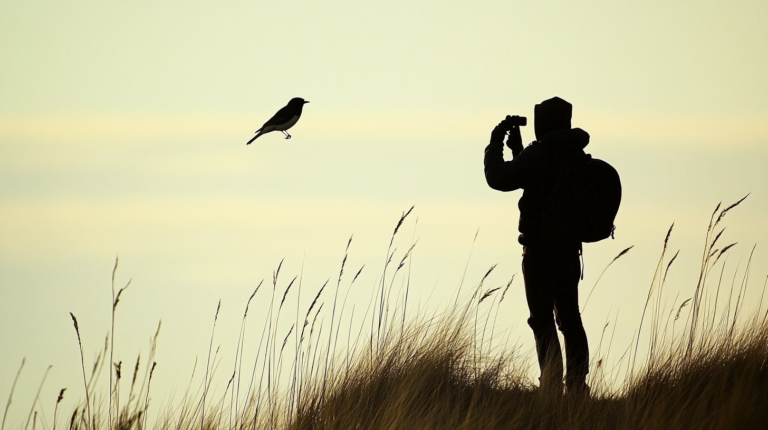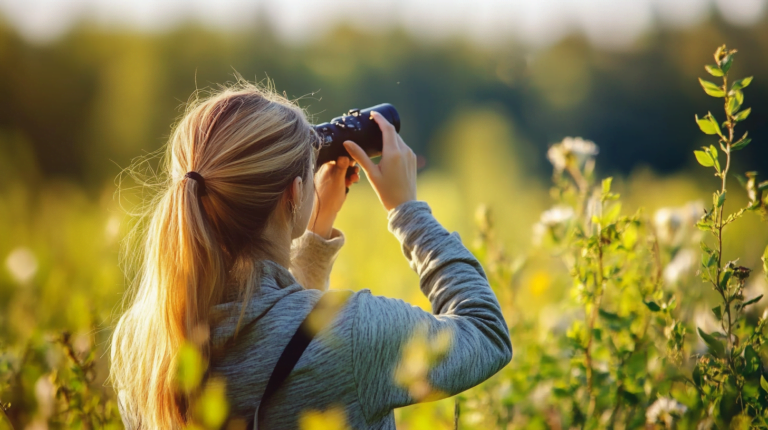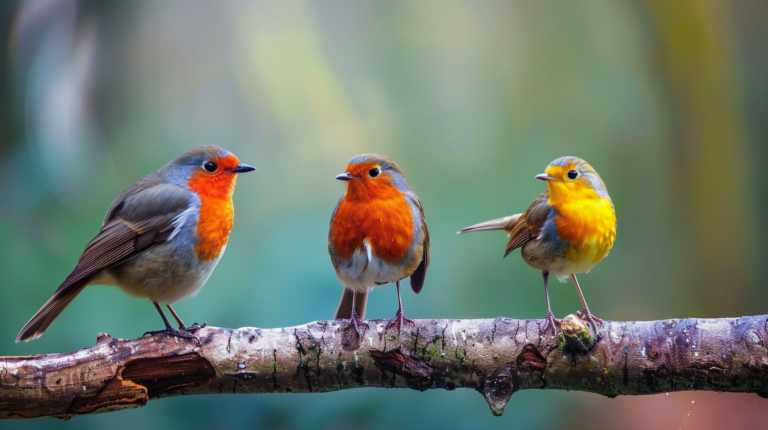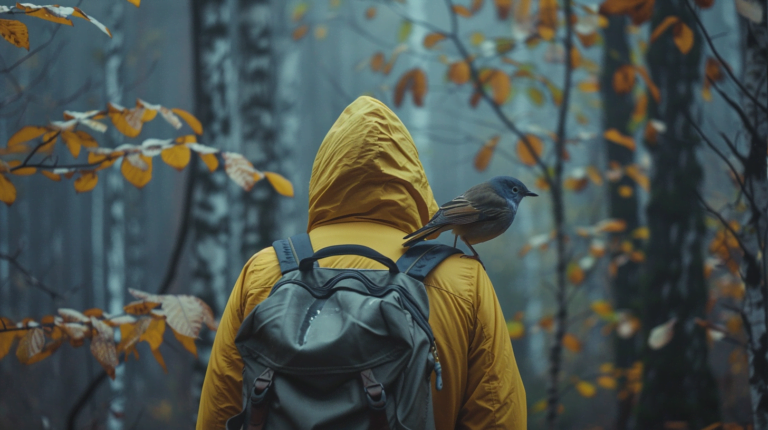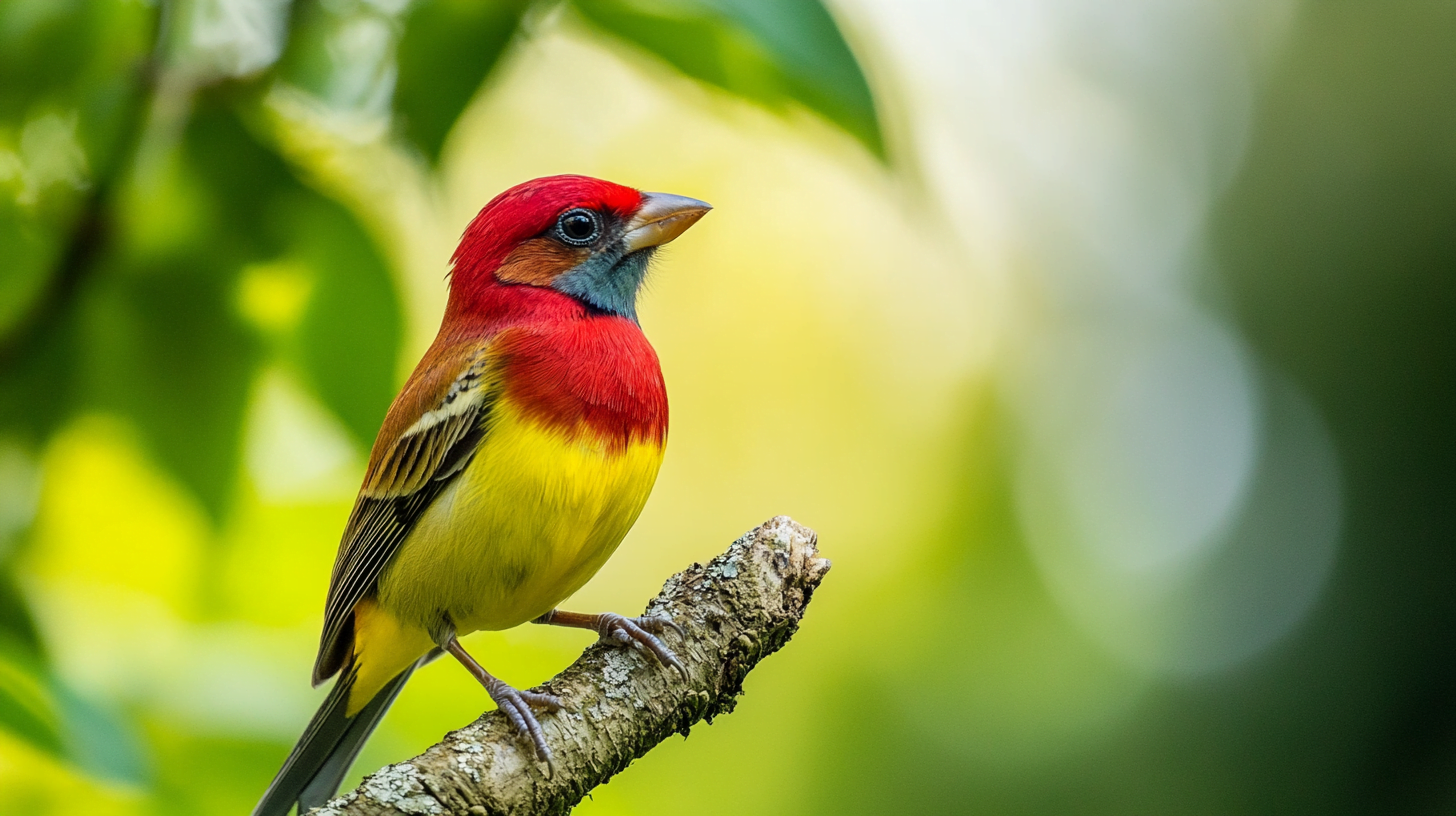
Table of Contents
Bird watching, or birding, is a fascinating and rewarding hobby that connects you with nature and offers countless opportunities for learning and relaxation. Whether you’re a beginner or an experienced birder, understanding the do’s and don’ts in bird watching is crucial for a respectful and enjoyable experience. This comprehensive guide will walk you through everything you need to know to get started and thrive in the world of bird watching.
What is Bird Watching?
Bird watching is the practice of observing birds in their natural habitats. It can be done anywhere, from your backyard to remote wilderness areas. The hobby has a rich history, dating back to the early 20th century when it became popular as a recreational activity. Today, millions of people around the world enjoy bird watching for its numerous benefits.
Benefits of Bird Watching
- Physical Health: Walking and hiking while bird watching can improve cardiovascular health.
- Mental Health: The calming effect of nature and the focus required for bird watching can reduce stress and anxiety.
- Educational: Learning about different bird species and their behaviors can be intellectually stimulating.
Essential Gear for Bird Watching
To get the most out of your bird watching experience, having the right gear is essential. Here are some must-have items:
Binoculars
Binoculars are perhaps the most important tool for bird watchers. They allow you to see birds up close without disturbing them. When choosing binoculars, consider the following:
- Magnification: A 7x or 8x magnification is ideal for beginners.
- Objective Lens Diameter: A larger diameter (e.g., 42mm) provides a brighter image.
- Weight and Comfort: Ensure they are comfortable to hold for extended periods.
Field Guides
A field guide helps you identify birds by providing detailed descriptions and images. There are many excellent field guides available, both in print and as mobile apps. Some popular options include:
- “The Sibley Guide to Birds” by David Allen Sibley
- “National Geographic Field Guide to the Birds of North America”
Clothing
Wearing the right clothing can make your bird watching experience more comfortable and successful:
- Neutral Colors: Wear earth tones to blend in with the environment.
- Layers: Dress in layers to adjust to changing weather conditions.
- Comfortable Footwear: Choose sturdy, comfortable shoes for walking.
Additional Equipment
- Notebook and Pen: For jotting down observations.
- Camera: For capturing photos of birds.
- Backpack: To carry your gear and snacks.
Do’s in Bird Watching
Do Start in Your Backyard
Your backyard is a great place to begin bird watching. Set up bird feeders and bird baths to attract local species. This allows you to practice identifying birds in a familiar setting.
Do Learn Bird Calls
Bird calls are an essential part of bird identification. Spend time listening to recordings and practicing recognizing different calls. Apps like Merlin Bird ID can be very helpful.
Do Use a Field Guide
A field guide is invaluable for identifying birds. Learn how to use it effectively by familiarizing yourself with its layout and key features.
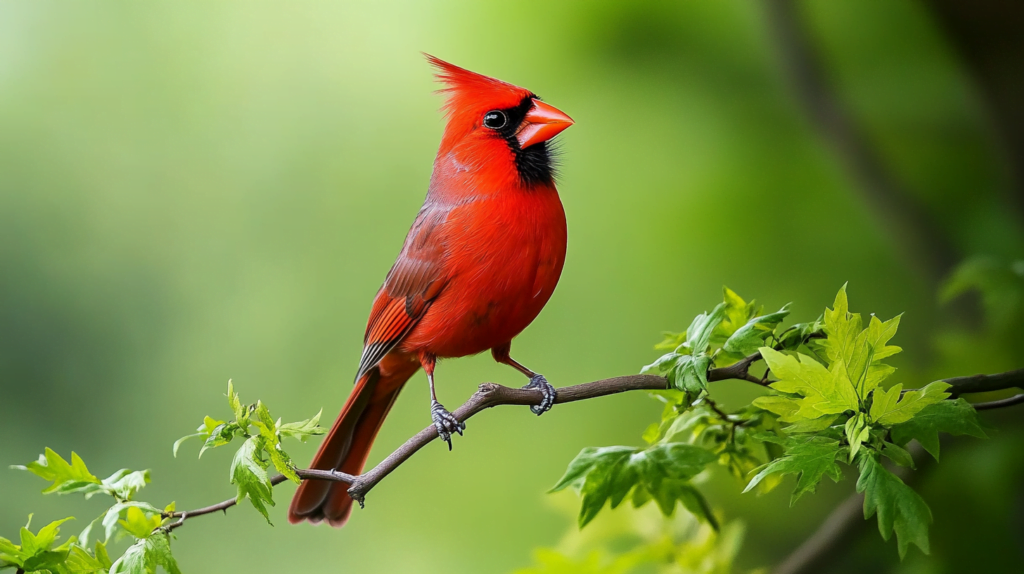
Do Join Bird Watching Groups
Joining a bird watching group can enhance your experience. You’ll learn from experienced birders and discover new birding spots. Check out local clubs or online communities like BirdingPal.
Do Respect Bird Habitats
Always respect the natural habitats of birds. Stay on designated trails and maintain a safe distance to avoid disturbing them.
Do Keep Records
Keeping a birding journal or using apps like eBird to record your sightings can be very rewarding. It helps track your progress and contributes to citizen science.
Do Be Patient and Observant
Bird watching requires patience. Stay still and quiet, and take your time to observe the birds’ behaviors and characteristics.
Don’ts in Bird Watching
Don’t Disturb Birds
Avoid making loud noises or sudden movements that can scare birds away. Always approach birds slowly and quietly.
Don’t Use Flash Photography
Flash photography can startle birds and disrupt their natural behavior. Use natural light or a camera with a good zoom instead.
Don’t Litter
Keep natural habitats clean by not leaving any trash behind. Bring a small bag to carry out any waste.
Don’t Trespass
Respect private property and follow local regulations. Always seek permission if you need to enter private land.
Don’t Feed Birds Unnatural Foods
Feeding birds inappropriate foods can harm them. Stick to birdseed, suet, and other bird-safe foods.
Don’t Overuse Bird Calls
Using recorded bird calls can stress birds and disrupt their natural activities. Use them sparingly and responsibly.
Bird Watching Etiquette
Respect Other Birders
Be considerate of other bird watchers. Share space and avoid making loud noises that could disturb their experience.
Group Bird Watching
When birding in a group, communicate quietly and move slowly. Ensure everyone gets a chance to see the birds.
Handling Conflicts
If conflicts arise, address them respectfully. Remember that everyone is there to enjoy the birds.
Common Mistakes and How to Avoid Them
Misidentification
Misidentifying birds is common for beginners. Take your time, use your field guide, and double-check your observations.
Overlooking Habitat Preferences
Different birds prefer different habitats. Learn about the habitats of the birds you want to see and visit those areas.
Ignoring Seasonal Changes
Bird migration patterns change with the seasons. Research which birds are present in your area during different times of the year.
Advanced Bird Watching Tips
Bird Photography
For those interested in bird photography, here are some tips:
- Use a Telephoto Lens: To capture detailed images from a distance.
- Be Patient: Wait for the right moment to take your shot.
- Respect the Birds: Avoid disturbing them for the sake of a photo.
Traveling for Bird Watching
Planning trips to birding hotspots can be exciting. Research the best times to visit and what species you can expect to see.
Contributing to Citizen Science
Participate in bird counts and other citizen science projects. Your observations can contribute to important research and conservation efforts.
Resources for Bird Watchers
Books and Apps
- Books: “The Sibley Guide to Birds,” “National Geographic Field Guide to the Birds of North America”
- Apps: Merlin Bird ID, eBird
Online Communities
- Forums: BirdForum, Reddit’s r/birding
- Social Media Groups: Facebook bird watching groups
Local Birding Clubs
Find and join local bird watching clubs to connect with other birders and participate in group activities.
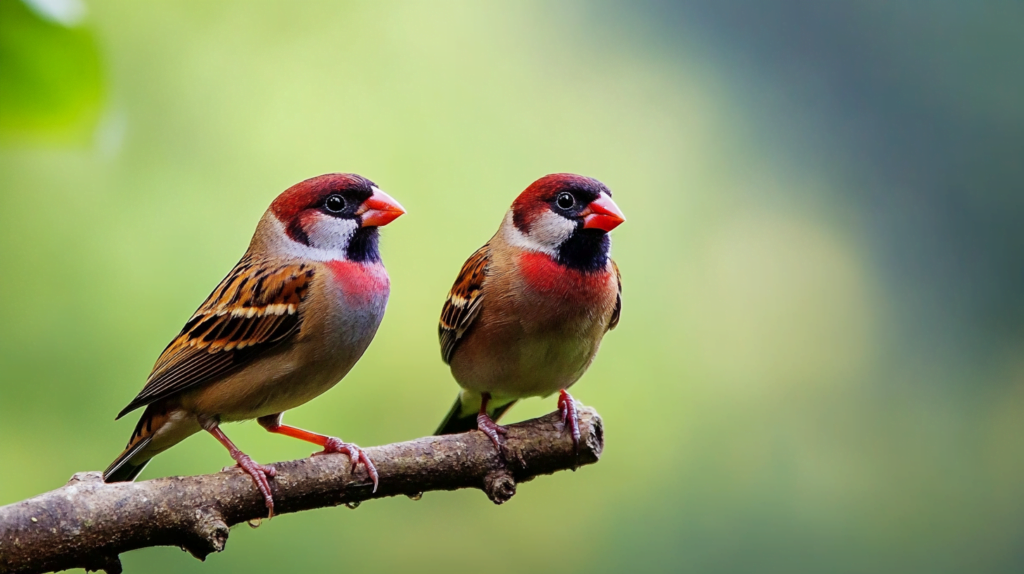
Conclusion
Bird watching is a delightful and enriching hobby that offers numerous benefits. By following the do’s and don’ts outlined in this guide, you can ensure a respectful and enjoyable bird watching experience. Remember to be patient, observant, and respectful of both the birds and other bird watchers. Happy birding!
FAQs
What is the best time of day for bird watching?
Early morning and late afternoon are typically the best times for bird watching, as birds are most active during these periods.
How can I attract more birds to my backyard?
Provide a variety of bird feeders, bird baths, and native plants to create a bird-friendly environment.
What should I do if I find an injured bird?
Contact a local wildlife rehabilitator or bird rescue organization for assistance.
Are there any bird watching apps you recommend?
Yes, Merlin Bird ID and eBird are excellent apps for bird identification and recording sightings.
How can I get involved in bird conservation efforts?
Participate in citizen science projects, support bird conservation organizations, and advocate for the protection of bird habitats.
